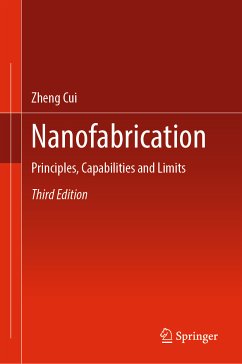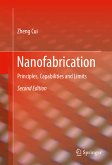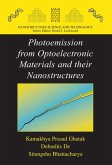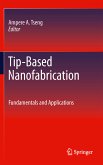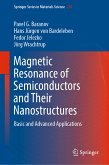Nanofabrication: Principles, Capabilities, and Limits provides a practical guide to nanofabrication technologies and processes. It was first published in 2008 and is now in an updated third edition. The book introduces readers to the fundamentals and recent developments in nanofabrication techniques, with chapters covering optical lithography, electron beam lithography, and nanoimprinting lithography, as well as nanofabrication by focused ion beams, scanning tips, self-assembly, and nanoscale pattern transfer by etching and deposition. There is also a chapter describing various tricks that enable the fabrication of nanostructures that would otherwise be impossible using traditional methods. The unique feature of this book is that each technique introduced is not only about its capabilities but also its limits so that the readers are fully aware of the best options to choose from a toolbox of nanofabrication processes covered in the book.
- Contains most of the nanofabrication techniques encountered in both industrial applications and scientific research;
- Presents less theoretical and more practical information and examples from the author's own work and the literature;
- Provides comprehensive illustrations to help understand lithography techniques using the author's simulation programs.
Dieser Download kann aus rechtlichen Gründen nur mit Rechnungsadresse in A, B, BG, CY, CZ, D, DK, EW, E, FIN, F, GR, HR, H, IRL, I, LT, L, LR, M, NL, PL, P, R, S, SLO, SK ausgeliefert werden.

